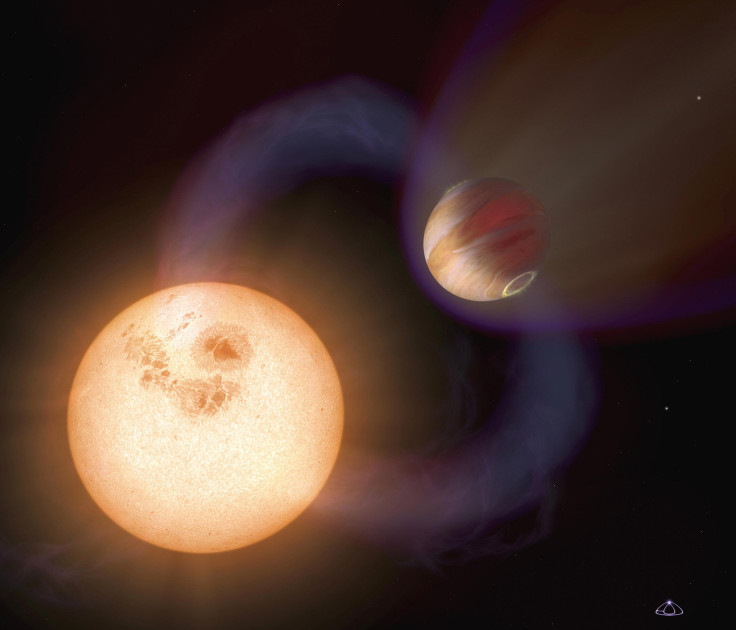Earth-Size Alien World Discovered By NASA's TESS Could Host Life?
NASA's Transiting Exoplanet Survey Satellite (TESS) has spotted its first Earth-size alien planet.
According to a new study published in The Astrophysical Journal Letters, TESS discovered the new alien world, given the designation HD 21749c, and another sub-Neptune planet about 53 light-years away from Earth, orbiting the star HD 21749.
Study co-author Johanna Teske, of the Department of Terrestrial Magnetism (DTM) at the Carnegie Institution for Science in Washington, D.C., said in a statement that TESS has already proven itself to be a "game changer" as a planet hunter despite having only been launched a year ago.
In April 2018, NASA's planet-hunting spacecraft was launched into orbit by the SpaceX Falcon 9 rocket. The mission aimed to search for planets orbiting the brightest of our neighboring stars.
TESS observes dips in the brightness that occur when planets cross their host star's faces in order to find these alien worlds. This "transit method" was also utilized by its predecessor, the now-deceased Kepler space telescope, which discovered 70 percent of the 4,000 known exoplanets.
However, NASA is confident that TESS will be able to go beyond the Kepler's number of discoveries. This is also part of the space agency's ongoing missiont to find nearby habitable worlds.
But while HD 21749c is the same size as Earth, it likely doesn't have the same requirements for life that our planet has. Scientists found that it is likely extremely hot as it orbits its host star too closely, finishing one orbit every 7.8 Earth days.
Researchers also had a hard time calculating its mass as it is considerably smaller compared to previous exoplanets discovered by TESS.
"Measuring the exact mass and composition of such a small planet will be challenging, but important for comparing HD 21749c to Earth," study co-author Sharon Wang, also of the DTM, explained in the same statement. "Carnegie’s PFS team is continuing to collect data on this object with this goal in mind."

As for the Neptune-size planet, HD 21749b, the researchers behind the new study calculated its mass to be 23 times bigger than that of Earth. They also estimated that it is 2.7 times wide than our planet, leading them to conclude that the sub-Neptune exoplanet could be a gaseous body instead of rocky.
Unlike the Earth-size world, HD 21749b orbits their host star for 36 Earth days, which is the longest orbit for any planet TESS has discovered so far.
Study lead author Diana Dragomir, a postdoctoral researcher at the Massachusetts Institute of Technology's Kavli Institute for Astrophysics and Space Research, also said in the same statement that the discovery of HD 21749c could open the door for the discovery of other smaller, possibly habitable planets in the future.
For more information, you can also read the research for free here.
© Copyright IBTimes 2024. All rights reserved.





















